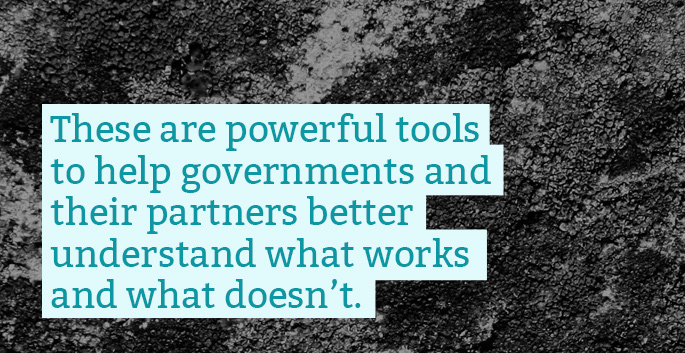November 13, 2014
Do Canadian governments need their own Kyle Dubas?
Dubas, the new Assistant General Manager of the Maple Leafs, was recently hired by the organization to lead a new department devoted to using analytics to inform better decisions. At only 28 years old, Dubas’ rapid career rise has been built on an ability to use data-driven metrics to improve decision-making, rather than traditional approaches based on intuition and experience.
This new wave of analysts and managers faces a set of challenges that will be familiar to policy makers in Canada. An environment of fiscal constraint, an embedded culture that is used to making decisions based on intuition, and an environment where any missteps will be dissected by media and debated at dinner tables.
In the United Kingdom, these approaches are supported by the Alliance for Useful Evidence. In the United States, the work is referred to as Moneyball for politics and supported by university-based centres.
Pilot projects are multiplying. For example:
Like NHL GMs, policy makers also need more and better information to understand what works and where to invest limited dollars.
- A number of US states are offering agencies financial bonuses for reducing probation violation rates. Both governments and service providers share in the savings that come from reduced incarceration rates, creating financial incentives to maximize the effectiveness of programs and practices that reduce reoffending.
- In New South Wales, Australia, the government set up a bond program that allows successful non-profits to raise funds to finance programs that reduce the need for child protection services. If they are successful, the reduced costs will provide a return to the government, the non-profit, and the investors.
 These outcomes-based funding approaches depend on developing new skill-sets (as the Leafs have done by hiring Dubas) to be able to measure and analyze data, which require capacity-building, as well as new data collection systems and data sharing arrangements. Success with these approaches requires an ability to use that data to think critically and a culture that is willing to listen to those recommendations, even if it upsets stakeholders inside or outside the organization.
These outcomes-based funding approaches depend on developing new skill-sets (as the Leafs have done by hiring Dubas) to be able to measure and analyze data, which require capacity-building, as well as new data collection systems and data sharing arrangements. Success with these approaches requires an ability to use that data to think critically and a culture that is willing to listen to those recommendations, even if it upsets stakeholders inside or outside the organization.
Using new metrics does not mean handing government decision-making over to a formula. However, these are powerful tools to help governments and their partners better understand what works and what doesn’t. Though the Maple Leafs aren’t typically a source for best practice, in this case Canadian governments should follow their lead. And hope it doesn’t take a half century or more to achieve results.
Related research

From Investment to Impact
A new idea generating high levels of excitement and controversy, advocates see SIBs as a vehicle for innovation, while critics fear that they will be used by government to offload social spending.
View this paper

Better Outcomes for Public Services
In an era marked by fiscal restraint and rising expectations for accountability and effectiveness, governments increasingly are looking to maximize the impact of social programs. The study provides key recommendations for governments to realize the potential of outcomes-based funding.
View this paper






